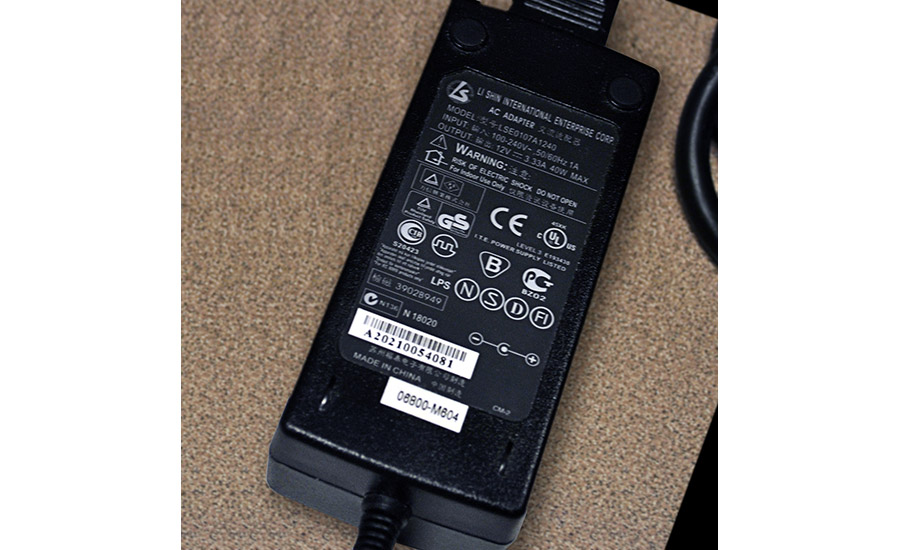Permanent labeling applications may always be a relevant topic, but that doesn’t mean the field is not evolving. Paradigms shift over time; I likely would have told you in the not-too-recent past that permanent rubber-based adhesives were not appropriate for high- or low-temperature applications, but we have seen a lot of interest in these adhesives lately and the technology has improved substantially to the point that all-temperature hot-melt (rubber-based) adhesives are now compelling options.
So what can we expect to see next? Based on the trends, here are a few predictions.
1. We will see movement away from solvent coating due to environmental concerns.
Solvent coating has been a staple of adhesives coating for decades, but one of the downsides of this method is that solvents contain volatile organic chemicals (VOCs) that can be harmful at certain doses. As a result, we are seeing regulated VOC limits across industries and a hesitancy to rely on solvent coating when other options are available. At Mactac, we see more requests for products like our MP690 emulsion-coated acrylic adhesive, our all-temperature hot-melt adhesives and 100 percent solids-coated adhesives (which require very specialized equipment). As regulations and other social pressures push for greater VOC reductions, I expect to see less and less solvent coating taking place.
2. We will see more innovative security labeling measures, such as thermochromatic inks, developed.
In my recent post on security labeling, I laid out a number of methods by which label makers are attempting to thwart counterfeiters and other troublemakers with multilayered security measures. Criminals, especially when colluding, have a rich history of overcoming defensive measures, and thus investment in deterrence and detection measures must continue. One place I expect to see further innovation is in the realm of ink-based security measures. Take thermochromatic inks, for instance—they change color based on temperature either permanently (perhaps in an instance where a pharmaceutical was not stored at an appropriate temperature) or temporarily (allowing consumers to detect whether packaging is genuine) and can be instrumental in determining if foods or drugs are safe for consumption. There is a lot of potential here for improvement and more widespread use of measures like this.
3. We will see more regulatory enforcement and more desire for pre-approved labeling combinations to ensure compliance.
I touched upon the fact that enforcement of regulatory requirements is being stepped up in several industries in my recent post on compliance labeling, and I fully expect this trend to continue. We are seeing regulatory agencies sometimes outsourcing more testing to organizations like UL, having them conduct site visits to determine if established performance requirements, whether regulatory or customer specified, are being met. As more checks are conducted, this trend could lead to stricter enforcement policies in the future. As a result, there is increased hunger for labeling solutions that companies know will work appropriately for their application, and which may have already been pre-certified by organizations like UL. Mactac, for example, has worked with partners to have specific combinations of labelstock, adhesives, inks, ribbons and printers tested and certified according to the BS 5609 standard for marine shipment of chemical drums and UL 969 Marking and Labeling. The more people feel a need to ensure they are complying with industry requirements, the more I suspect we will see a demand for these pre-approvals.
Ultimately, the one thing I know about the future is that we will always need permanent labeling solutions to reliably convey messages over long periods of time. Technology may advance and lifestyles may change, but we will always have a need to protect people, products and perceptions with durable labeling products.

